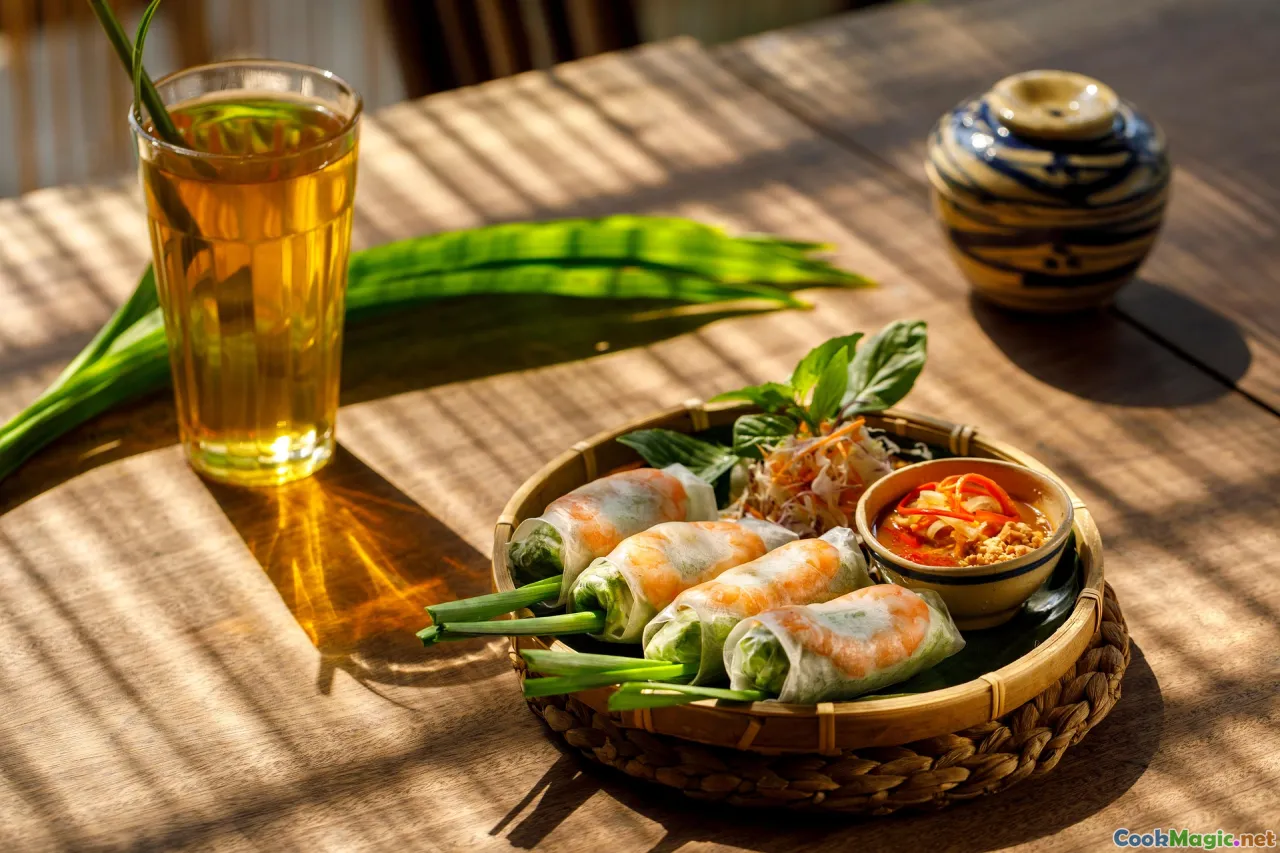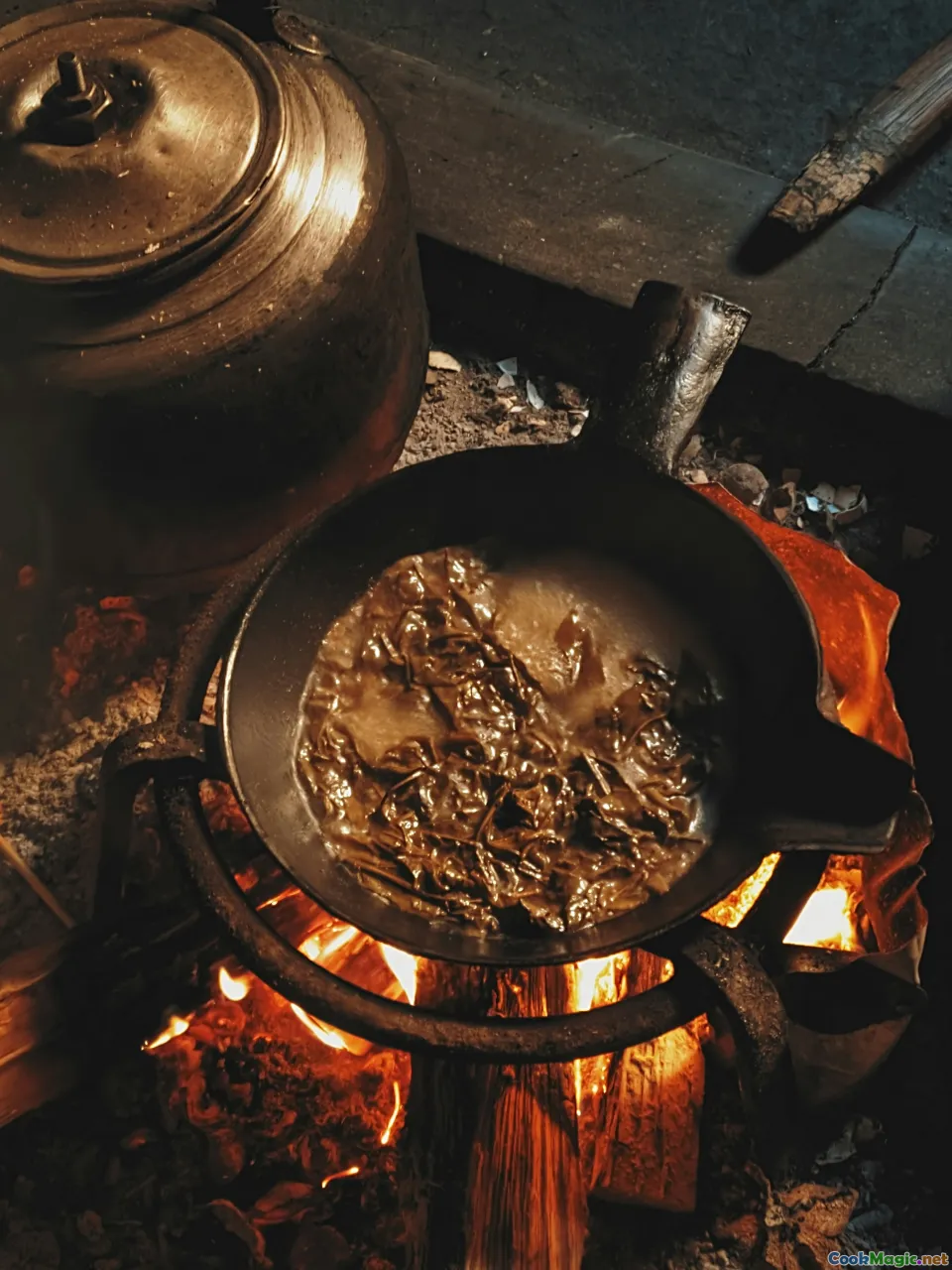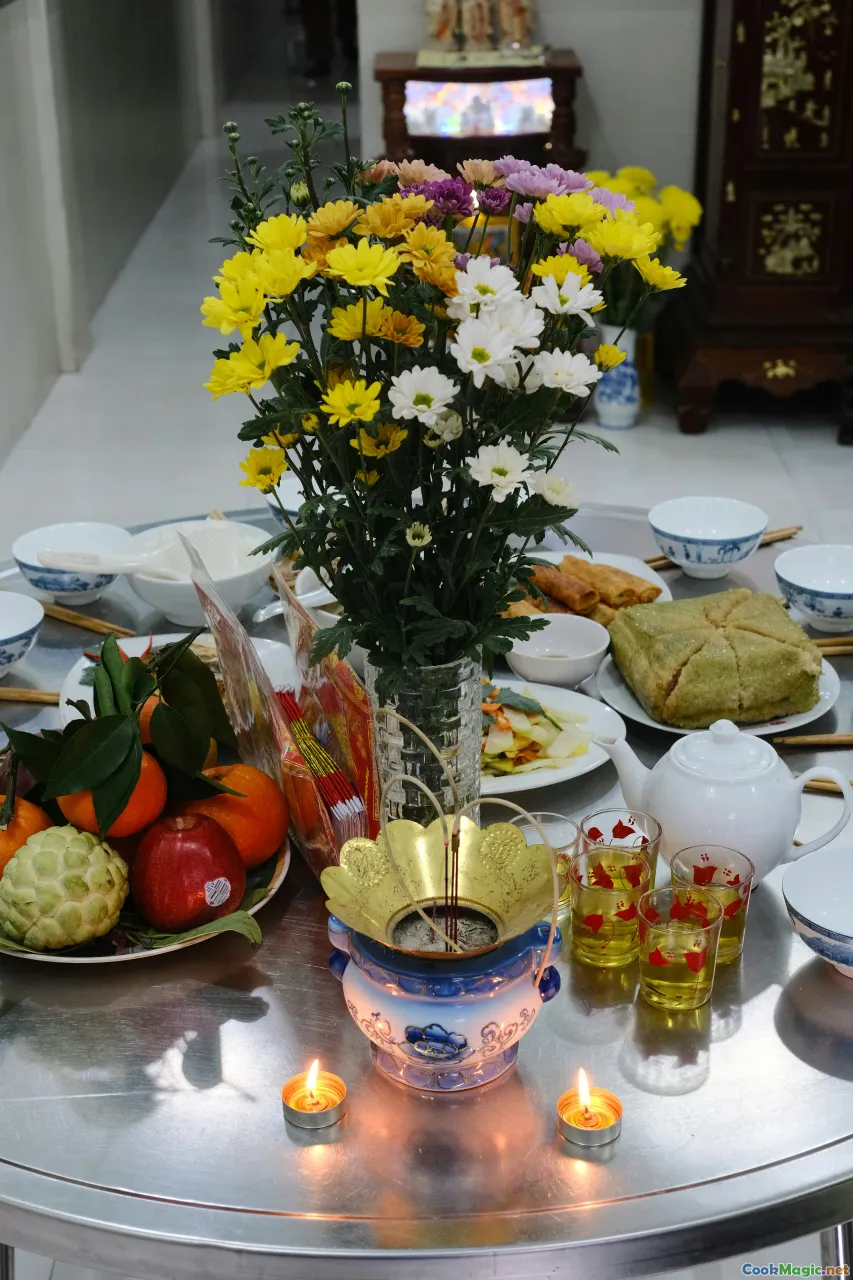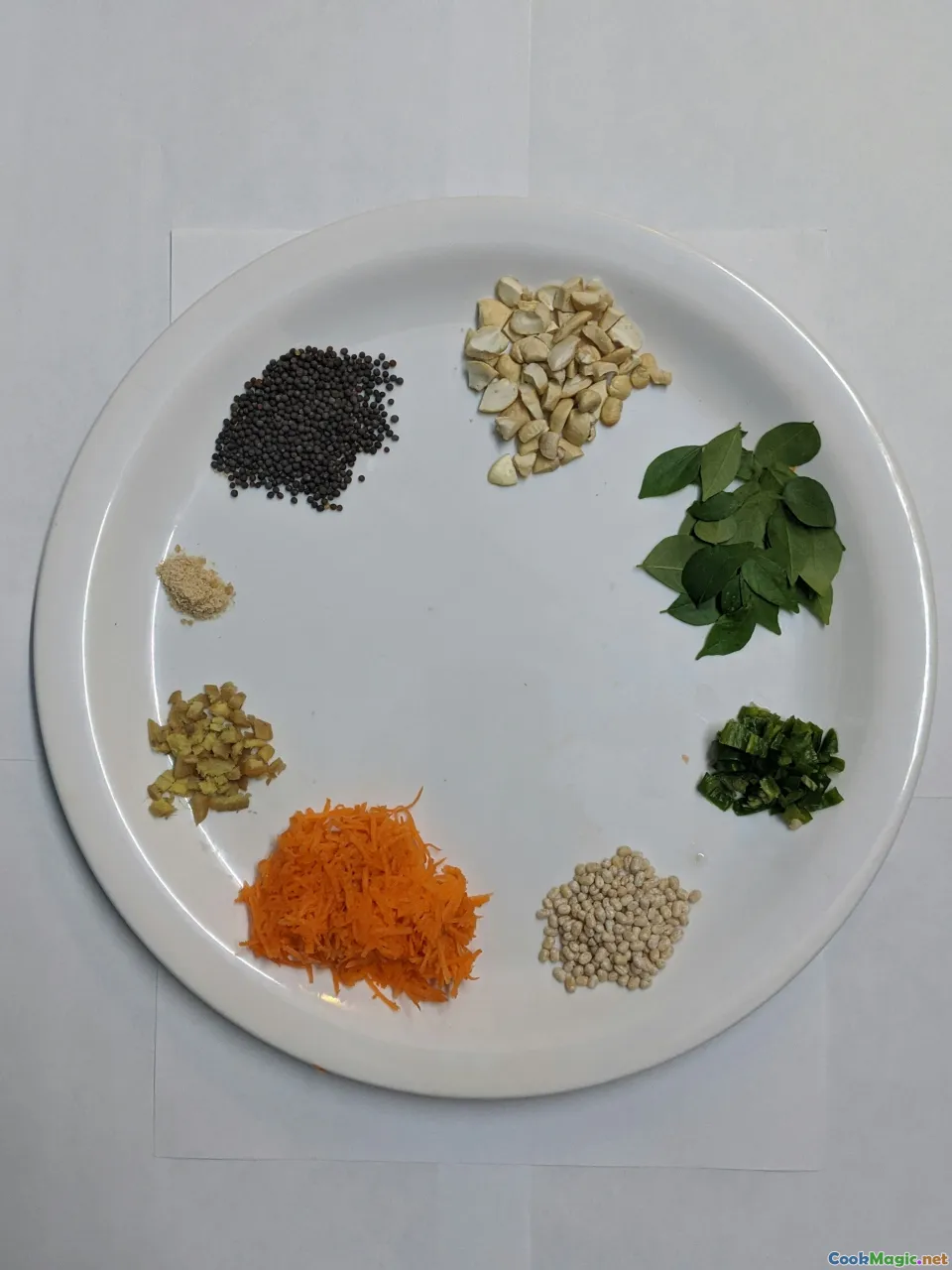Significance of Sarma Rolls During Kosovar Festivals
11 min read Explore the cultural importance of Sarma Rolls in Kosovar festivities and their role in preserving culinary heritage. July 20, 2025 03:05
The Cultural and Culinary Significance of Sarma Rolls During Kosovar Festivals
Nestled amidst the rugged Balkan landscapes and vibrant traditions, Kosovo boasts a rich tapestry of culinary delights that serve as both nourishment and cultural expression. Among these, sarma rolls stand out as iconic symbols of communal identity, festive joy, and historical continuity. As the savory aroma of seasoned minced meat envelops the air during festival seasons, especially the fervent celebrations like the Kosovo New Year or the traditional Eid, sarma transforms from a humble dish into a cherished emblem of shared heritage.
In this deep dive, we will explore how these rolled bundles of vine leaves or cabbage leaves not only tantalize the palate but also narrate stories of resilience, kinship, and celebration that span generations in Kosovo.
The Origins and Evolution of Sarma in Kosovo

To understand the prominence of sarma in Kosovar festivities, it’s essential to trace its roots. Coming from the Turkish "sarma," meaning "to roll" or "wrap," this delicacy arrived in the Balkans centuries ago through Ottoman influence. Over time, Kosovo’s climate and agricultural landscape shaped local variations, incorporating ingredients like cabbage and grapes leaves as wrapping, filled with fragrant rice, minced lamb or beef, and an array of herbs.
Historical records and oral traditions emphasize sarma’s role in surviving harsh winters and food shortages, making it a practical yet revered dish. Its transformation from everyday comfort food to festive centerpiece was facilitated by community gatherings, where preparing large quantities became a collective act — a symbol of unity.
Sarma as a Festive Icon: Traditional Significance

During Kosovo’s numerous cultural and religious festivals, such as the Ramadan Iftar dinners or the winter celebrations of Dita e Verës, sarma becomes more than sustenance — it is a nexus of tradition. Families gather around oversized copper cauldrons or pot stands outdoors, where grandmother’s secrets infuse the hearty filling with aromas that evoke nostalgia.
At celebrations, the dish is meticulously prepared in large batches, often over hours, with each household adding unique touches—ranging from the inclusion of dried fruits like prunes or apricots to local spices. These variations, passed through generations, highlight regional identities and personal stories.
The Art of Making Sarma: A Cultural Ritual

Making sarma is a labor of love—an art that embodies patience, skill, and cultural pride. Traditionally, women gather in kitchens or courtyards, preparing the vine or cabbage leaves, then carefully filling each with a mixture of rice, seasoned ground meat (lamb, beef, or sometimes pork), and herbs like dill, parsley, and paprika.
The rolling technique is an ethic of its own: the leaves are first blanched to soften, then filled with measured amounts of the filling to maintain consistency. Each sarma is rolled tightly, with edges tucked in to prevent spillage during cooking. Finally, they are layered snugly in large pots, sometimes in decorative patterns, and covered with sauce—filled with flavors of tomato, lemon, and local spices.
In Kosovo, this process is often accompanied by storytelling and laughter, reinforcing social bonds. Home-cooked sarma not only reflects culinary mastery but also preserves familial histories.
Regional Variations and Personal Touches

While the core ingredients remain consistent, regional and familial variations breathe distinguishable notes into Kosovar sarma. In the northern parts of Kosovo, you may find sarma filled with a higher ratio of rice and herbs, offering delicate, aromatic bites. Central Kosovo households might favor lamb fillings with caramelized onion and a touch of local liquor for depth.
Some families incorporate dried plums or apples into the filling — a touch of sweetness that balances the savory note, reflecting local agricultural produce. Others may use savory herbs synonymous with their terroir, like wild mountain thyme or rosemary, to infuse distinct flavors.
Moreover, the wrapping itself can be done with grape leaves harvested from garden vines, sometimes with preserved cabbage leaves during winter, tying the dish to seasonal cycles.
Celebratory Serving Methods and Traditional Accompaniments

Sarma isn’t served in isolation—its presentation signifies part of the celebration. During festivals, it’s typically served on large communal platters, often accompanied by elements like fresh flatbread, sour yogurt, and shredded radish or carrot salad.
A popular Kosovar practice involves spooning a generous ladle of tomato-based sauce or ‘lyutenica,’ a spicy pepper relish, over the rolled bundles for added moistness and flavor. To elevate the dining experience, family members often garnish the plates with sprigs of fresh herbs, such as parsley or oregano.
For beverages, aromatic raki or local homemade sour apple spirits complement the savory richness perfectly, while during colder celebrations, warm apple tea or herbal infusions might be customary.
How Sarma Enhances Festive Atmospheres: Personal and Collective Significance

The joy of Kosovar festivals revolves around shared experiences, and sarma plays a crucial role in fostering togetherness. The very act of gathering to prepare, cook, and share this dish renews bonds and celebrates tradition.
Personal stories abound about cherished family recipes—perhaps a secret spice blend inherited from great-grandmother—passed down during these communal cooking sessions. These acts of culinary remembrance reinforce identity amid modern influences.
Festival tables adorned with steaming bundles of sarma—in golden hues from the tomato sauce—are silent witnesses to stories, laughter, and cultural continuity. It’s through these multi-sensory moments that generations share not just food, but history itself.
Tips for Preserving and Celebrating Sarma at Home

If you’re inspired to recreate the magic of Kosovar sarma in your own kitchen, consider the following tips:
- Choose fresh, tender leaves: Whether grape or cabbage, select leaves that are pliable and free from blemishes. Blanch them briefly to soften.
- Balance your fillings: A mixture of rice, minced meat, and herbs should be moist but firm enough to hold shape. Don’t overstuff — tightly rolled sarma hold better and cook evenly.
- Layer carefully in the pot: Place larger or cut leaves at the bottom to prevent sticking, then arrange rolled sarma tightly in layers.
- Cook slowly over low heat: This ensures flavors meld and leaves become tender.
- Let it rest: After cooking, allow sarma to sit for at least 30 minutes—this enhances flavor absorption and allows the rolls to firm up.
- Get creative: Experiment with local ingredients—heirloom vegetables, exotic spices, or even vegetarian fillings using mushrooms or lentils for plant-based options.
Embracing the tradition while adding your personal touch could create new memories and deepen your connection to Kosovar culinary heritage.
The Enduring Dance of Tradition and Modernity
As Kosovo moves forward amidst rapid change, the reverence for traditional dishes like sarma endures. During festivals, the simple act of rolling vine leaves becomes a deeply symbolic gesture—one that unites communities, preserves cultural memories, and celebrates life's abundance.
In the aroma of seasoned meat and the sight of those tightly rolled bundles, there lies a story of resilience and hope. For culinary explorers and cultural enthusiasts alike, tomato-scented, tender, and soulful, sarma remains a delicious testament to Kosovo’s enduring spirit—a true jewel of Balkan cuisine.
May each bite remind us of the rich tapestry of history, family, and festive joy woven into every Kosovar sarma roll.









